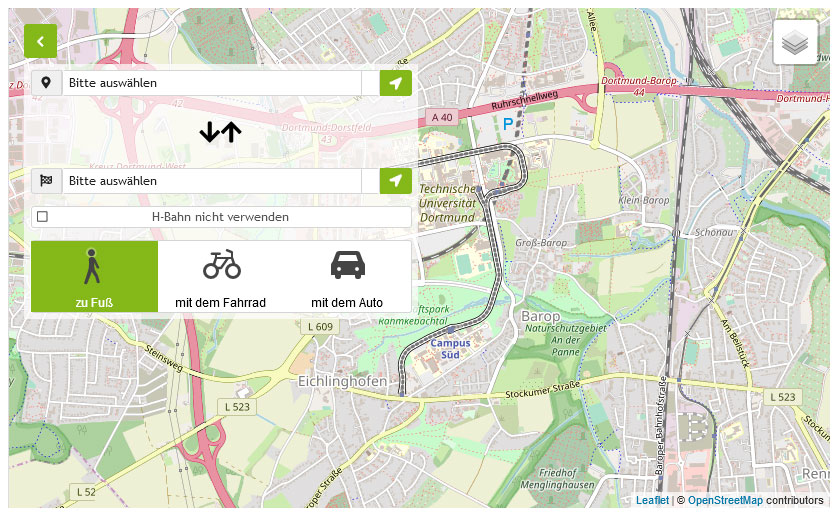to the Division of Foreign Languages in the Center for Higher Education (zhb)
The Division of Foreign Languages at a Glance
The Division of Foreign Languages provides foreign language training and instruction at the academic level. Our target groups are students and doctoral candidates at TU Dortmund University. In line with the EU language policy and the established demand for EU citizens’ multilingualism, the Division of Foreign Languages supports the development of foreign language skills of university students and graduates through a wide range of offers. In doing so, it significantly contributes to the international mobility of students and university graduates in the areas of study, research, and work.
In addition to foreign language instruction, the Division of Foreign Languages offers instruction and support in the area of academic writing and presentations. Our writing lab w.space (scientific - writing - presenting - academic - communication) presents the division's unified vision for writing instruction and support for German as a native/second/foreign language and English.
News from the Division of Foreign Languages
Registration to Language Courses

Registration for Writing Support

Arabic Offerings at Ruhr-Universität-Bochum

SoSe 2025

DSH Exam

Writing Consultant Training offially certified

Now on Instagram!

Vocabulary Training










![[Translate to English:] [Translate to English:]](/storages/fs-zhb/_processed_/5/6/csm_Weltkugel_bearbeitet_d1be1d89a5.jpg)






